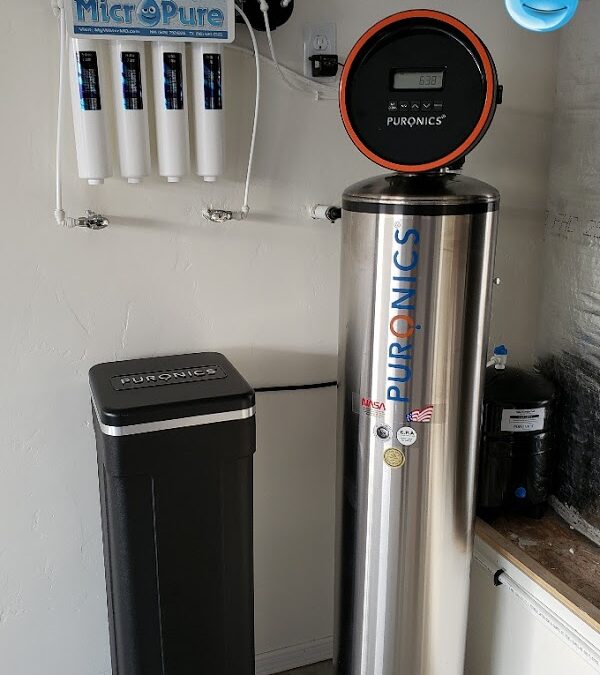Overview of the Regeneration Process
A water softener regenerates periodically to refresh its resin beads, which remove hardness minerals from your water supply. During this process, the system flushes out these minerals, using a brine solution (saltwater) to clean the resin. This step ensures the water softener maintains its effectiveness over time, but it does result in some water discharge.
Factors Affecting Water Discharge Volume
The amount of water discharged during regeneration varies based on several factors:
- System Size: Larger water softeners that treat more water will discharge more wastewater during regeneration.
- Water Hardness Level: Water with higher levels of hardness minerals may require more frequent and longer regeneration cycles, resulting in increased discharge.
- Efficiency of the System: Modern systems like those from Puronics are designed to be efficient, using minimal water and salt during regeneration. However, older models or less efficient systems may use more water.
Understanding Wastewater from Regeneration
On average, a typical water softener can discharge anywhere from 20 to 70 gallons of water per regeneration cycle, depending on the system’s efficiency and the factors mentioned above. While this may seem like a lot, it’s generally a small amount compared to overall household water usage, and efficient systems aim to minimize this waste.
Environmental Impact and Management Tips
Some homeowners may be concerned about the environmental impact of water softener discharge, particularly in areas where water conservation is a priority. Here are some ways to manage and reduce the impact:
- Optimize Regeneration Frequency: Adjust the system’s settings to regenerate only when necessary. Many systems allow you to set regeneration cycles based on actual water usage.
- Consider High-Efficiency Models: High-efficiency water softeners like those from Puronics are designed to use less water per regeneration cycle, minimizing discharge while still providing effective softening.
- Reuse Discharged Water: While not all softener discharge can be reused, some people repurpose it for non-potable applications, such as cleaning outdoor areas. However, consult local guidelines to ensure this is permitted.
Water-Efficient Options with Puronics Systems
Puronics offers high-efficiency water softening systems designed to conserve water during each regeneration cycle. By choosing a Puronics system, you can ensure minimal discharge without sacrificing water quality. For Albuquerque homeowners looking to reduce water waste, Puronics provides solutions that prioritize both performance and conservation.



